Syphilis is a serious but treatable infection that often starts with painless sores. Ignoring the signs can lead to severe health complications. This guide provides the critical knowledge you need to recognize symptoms and stay safe.
What are the main causes of Syphilis?
- The primary cause is direct contact with a syphilitic sore, known as a chancre, during vaginal, anal, or oral sexual activity with an infected person.
- An infected pregnant person can pass the infection to their unborn baby, a dangerous condition known as congenital syphilis that requires immediate medical attention.
- Although rare, transmission can occur through prolonged kissing if a chancre is in the mouth or via direct contact with active secondary-stage rashes.
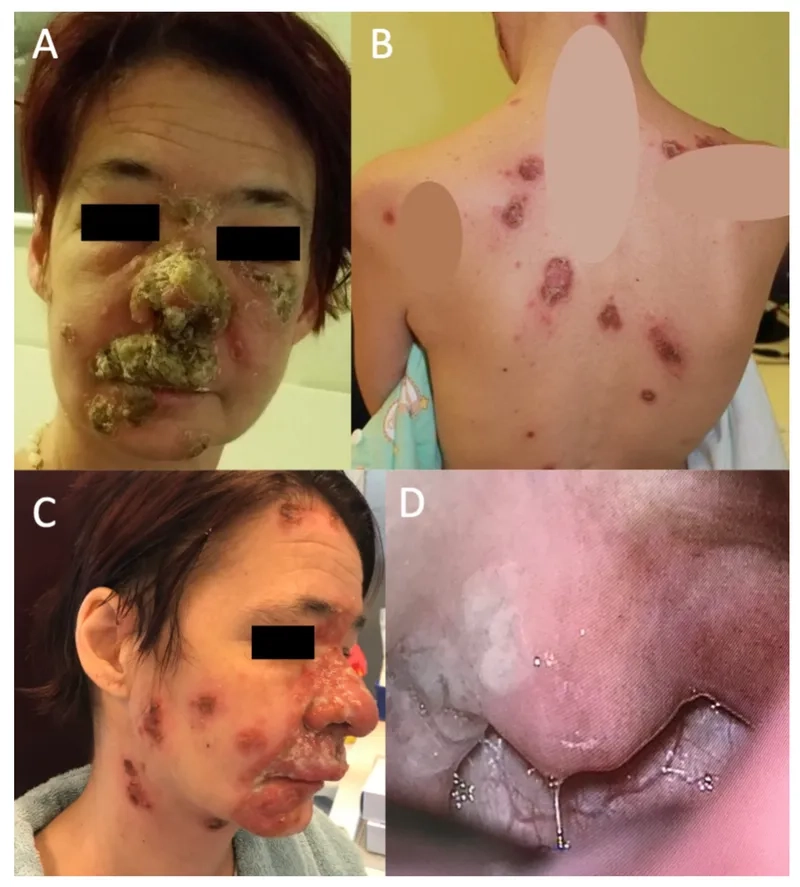
Key symptoms of Syphilis to watch for
- The first stage typically involves a single, firm, and painless sore (chancre) appearing at the original site of infection, like the genitals or mouth.
- The secondary stage may include a non-itchy skin rash, often on the palms of the hands and soles of the feet, plus fever and fatigue.
- In later stages, the disease can become latent before potentially causing severe damage to the heart, brain, nerves, and other vital organs if left untreated.
How can you prevent Syphilis effectively?
- Consistently and correctly using latex condoms during any sexual contact significantly reduces the risk of transmission, although sores can occur in areas not covered.
- Engaging in a mutually monogamous relationship after both partners have tested negative for STIs is one of the most reliable prevention methods available.
- Regular screening for sexually transmitted infections, especially if you have new or multiple partners, is crucial for early detection, treatment, and preventing spread.
>>> See more: Malaria: Prevention, Symptoms, and Treatment Options
What the symptoms of Syphilis look like
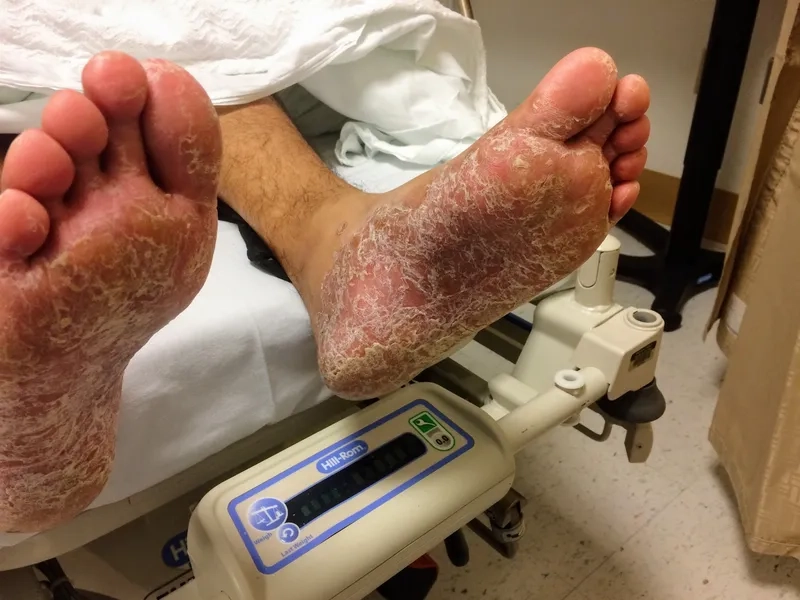
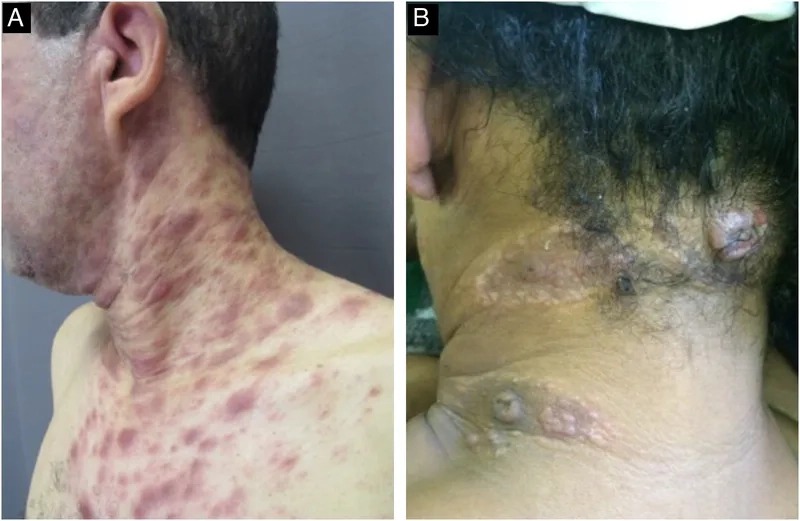
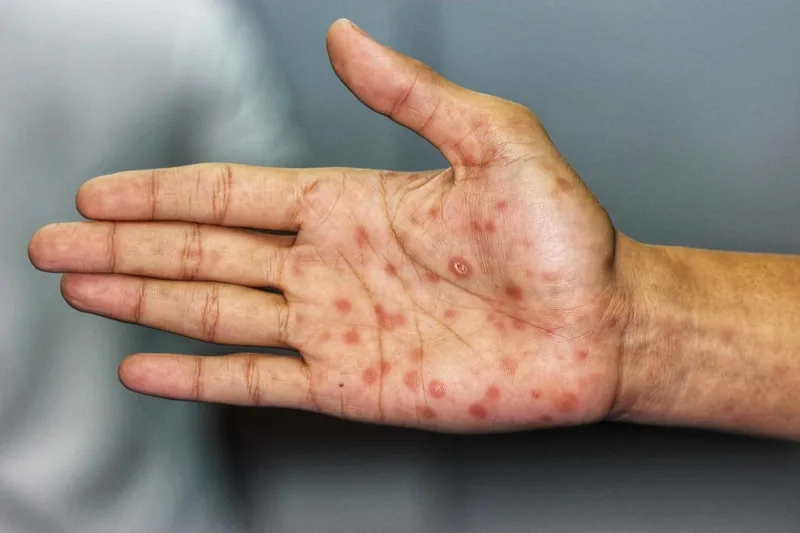
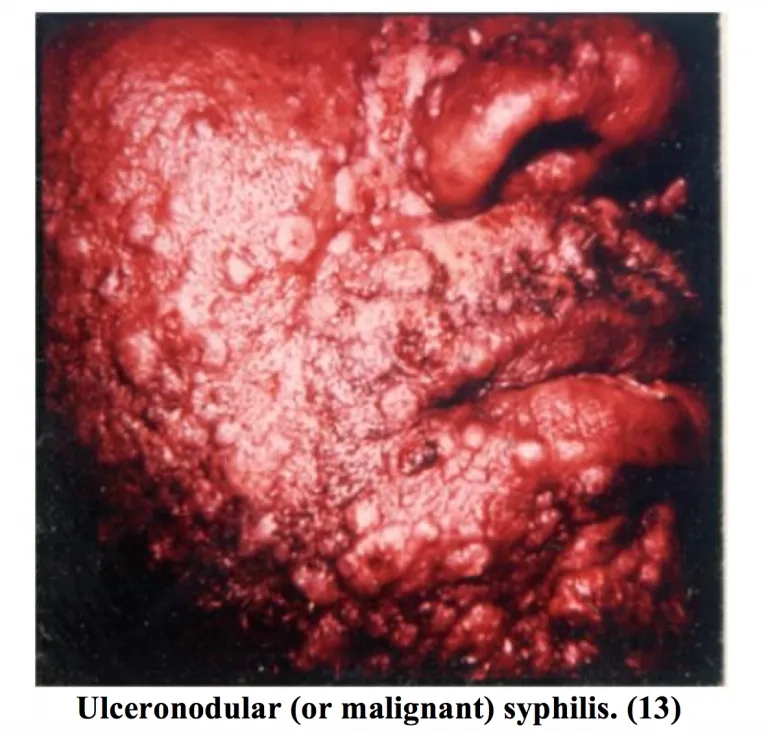
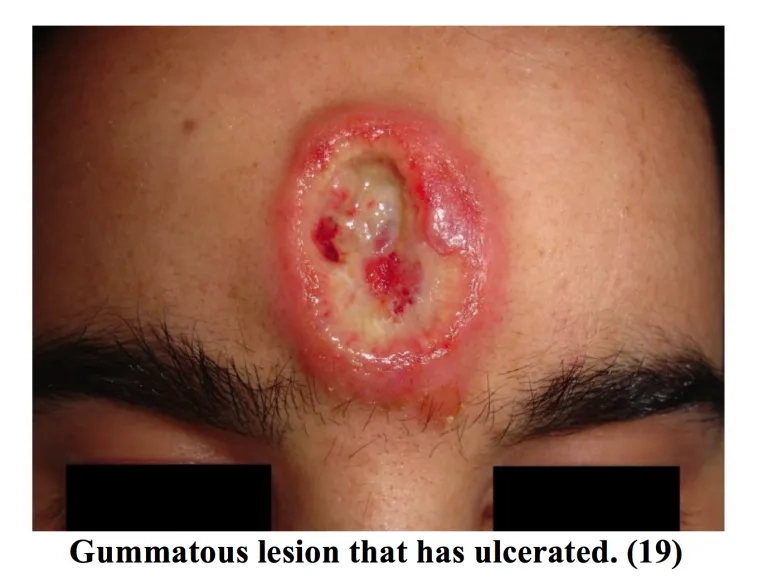
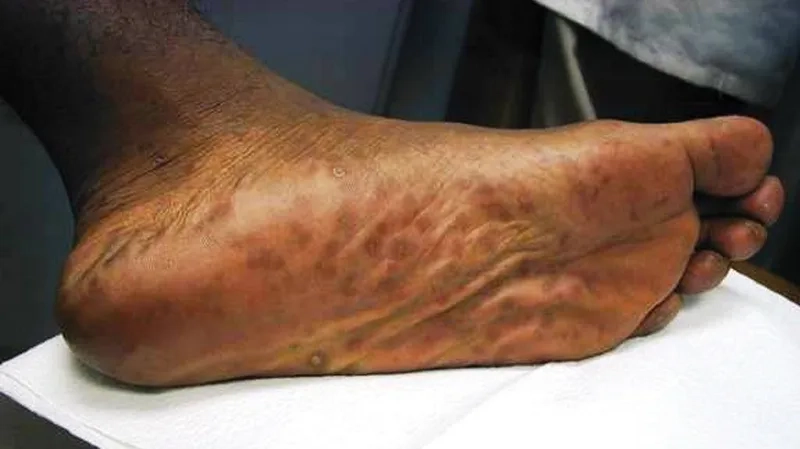

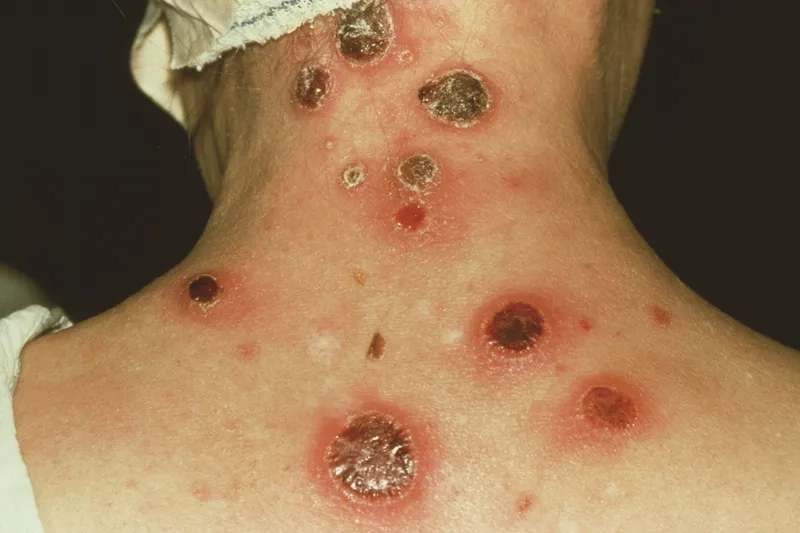
>>> Read more here: Marburg Virus Disease: Causes, Symptoms, and Outlook
Understanding syphilis is key to prevention and effective treatment. If you notice any symptoms or have concerns, seek immediate medical advice. Consult a healthcare professional for confidential testing and care.
>>> See details: Understanding Human Immunodeficiency Virus (HIV)






